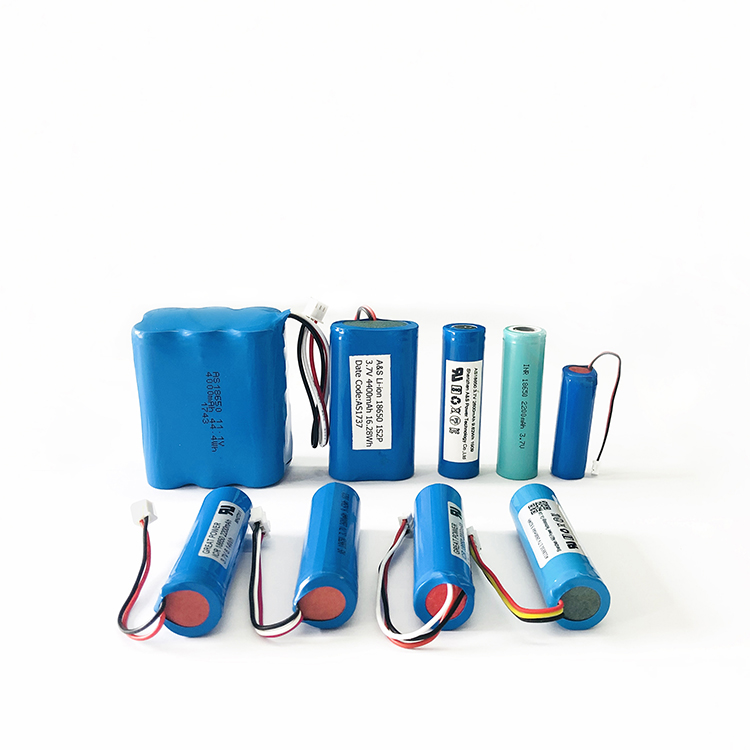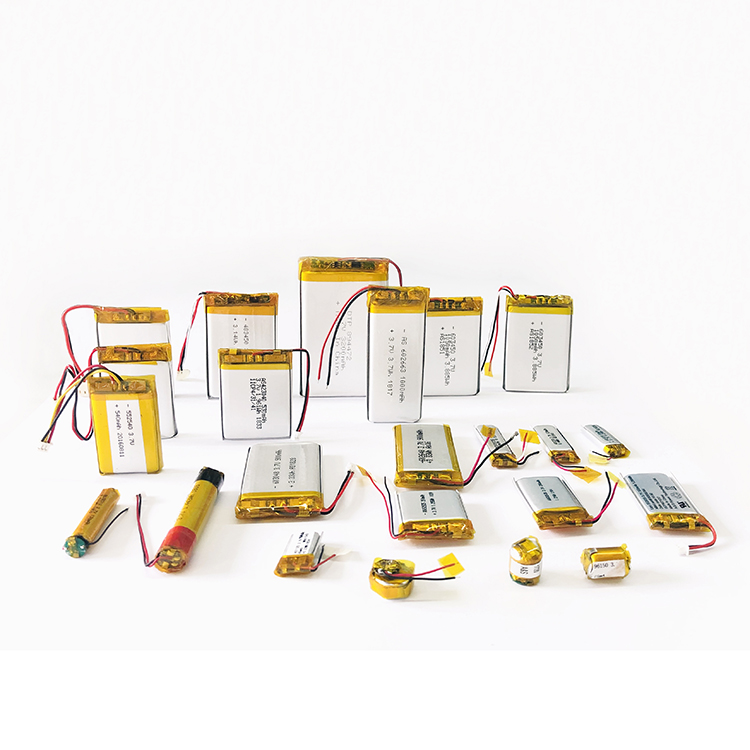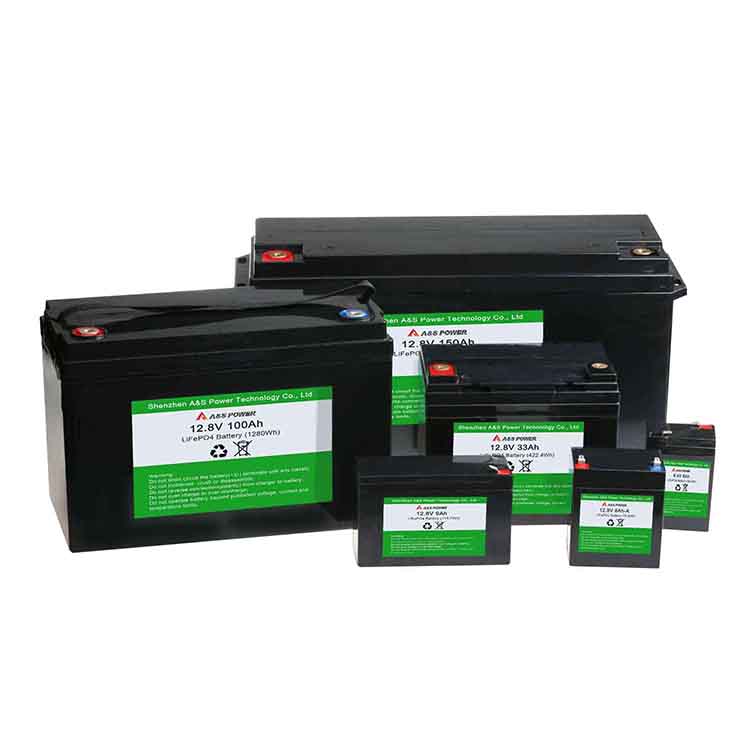What are the categories of cathode materials for lithium-ion batteries?
2021-07-15
The choice of cathode material directly determines the performance of the battery. The cathode material has a greater impact on battery performance, so developers are committed to developing higher performance cathode materials, such as lithium nickelate, lithium cobaltate, lithium titanate, and so on.
1. Lithium nickel oxide. The main representative is lithium nickel oxide. The product characteristics are similar to nickel cobalt oxide, but the price is lower than that of nickel cobalt oxide. Because of its high energy density, it can reach 274mAh/g, which is an ideal high energy density lithium ion battery positive electrode. Material, but its safety performance is too poor, and the number of cycles is relatively low, so currently there are not many manufacturers using lithium nickelate as a cathode material for lithium-ion batteries.

2. Lithium cobalt oxide. The main representative is lithium cobalt oxide, which has five high characteristics, namely high energy density, high price, high power, high degree of commercialization, and high cycle life. The shortcomings are also obvious. There is a serious shortage of cobalt salts in my country, and cobalt salts need to be imported.
3. Lithium titanium oxide. The typical representative is lithium titanate. The advantage of lithium titanate is fast charging, but the disadvantage is that it has low energy density and needs to be charged after running for a period of time. Another advantage is safety, and the third advantage is that the number of cycles can reach 20,000.
4. Nickel and cobalt multi-element oxides. Also known as multi-element oxides, the most common ones are lithium nickel cobalt manganese oxide and lithium nickel cobalt aluminate. Among them, lithium nickel cobalt manganese oxide is divided into lithium nickel cobalt manganate 111, lithium nickel cobalt manganese oxide 523, and nickel Lithium cobalt manganese oxide 622, lithium nickel cobalt manganese oxide 811, but nickel cobalt aluminum oxide lithium is not so popular.
5. Lithium manganese oxide. The main representatives are lithium manganate and lithium permanganate. The resources are relatively abundant in our country, and the product is currently a research hotspot. Among them, LiMn2O4 has a higher energy density, but its stability is greatly reduced, especially under high temperature conditions. , LiMn2O4 is unstable, but its main advantages are obvious, the product is pollution-free, and the safety performance is good.
6. Lithium iron phosphorus oxide. The main representative of lithium iron phosphorous oxide is lithium iron phosphate. Its product performance is balanced, non-toxic and non-polluting, and the number of cycles is not less than 2000. When used as the power source of passenger cars, the safety performance belongs to the high level.

In addition, the candidate cathode materials for lithium-ion batteries can be divided into three main categories according to the structure:
(1)LiMO2 (M=Co, Ni, Mn) cathode materials with layered structure;
(2)LiMn2O4 cathode materials with spinel structure;
( 3) LiFePO4 cathode material with olivine structure












